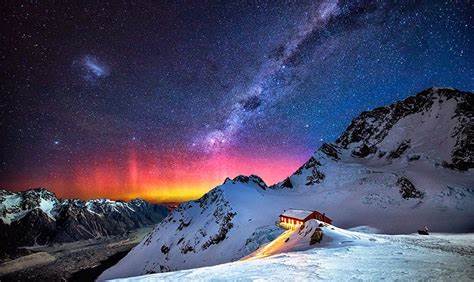Today is World Mountain Day and we want to pay you a little tribute. We know that many people who love mountains follow us on the blog, as well as share our passion for photography, so I am going to dedicate today's article to telling you what is the best time and the best circumstances for mountain photography. And if what you want is to delve into nature photography, this is our most complete guide, with tips, tricks and lots of inspiration.
We have already given you tips for photographing the mountains and a good dose of inspiration . Today we are going to focus on the moment in terms of light and conditions to capture them impressively.
WHAT IS THE BEST TIME TO PHOTOGRAPH MOUNTAINS?
The truth is that there is no single right moment, but the best one depending on how you want to show it, what you want to convey with your photography. So the question is when to take your mountain photography according to what you want to tell:
- sunrise and sunset
- against the light
- Foggy
- With clouds
- At noon
- With snow
- At night
Let's take a closer look at how and why.
1. SUNRISE AND SUNSET
This moment is a classic, for the photography of mountains and for landscapes in general. That is why I have decided to start here, although you will see that it is not the only-best-time.
Sunrise or sunset is an ideal time to highlight the textures and volumes of the mountain. If you want to avoid a flat landscape or you care more about volume than detail, the ideal is to photograph when the sun is low, either when it is going to set or shortly after it rises. This grazing light that bathes the mountains is attractive in itself, as well as producing contrasts of light and shadow that increase the relief of the rocks, and offer greater clarity throughout the landscape.
The lower the sun is, the longer the shadows of trees, vegetation, rocks, etc.
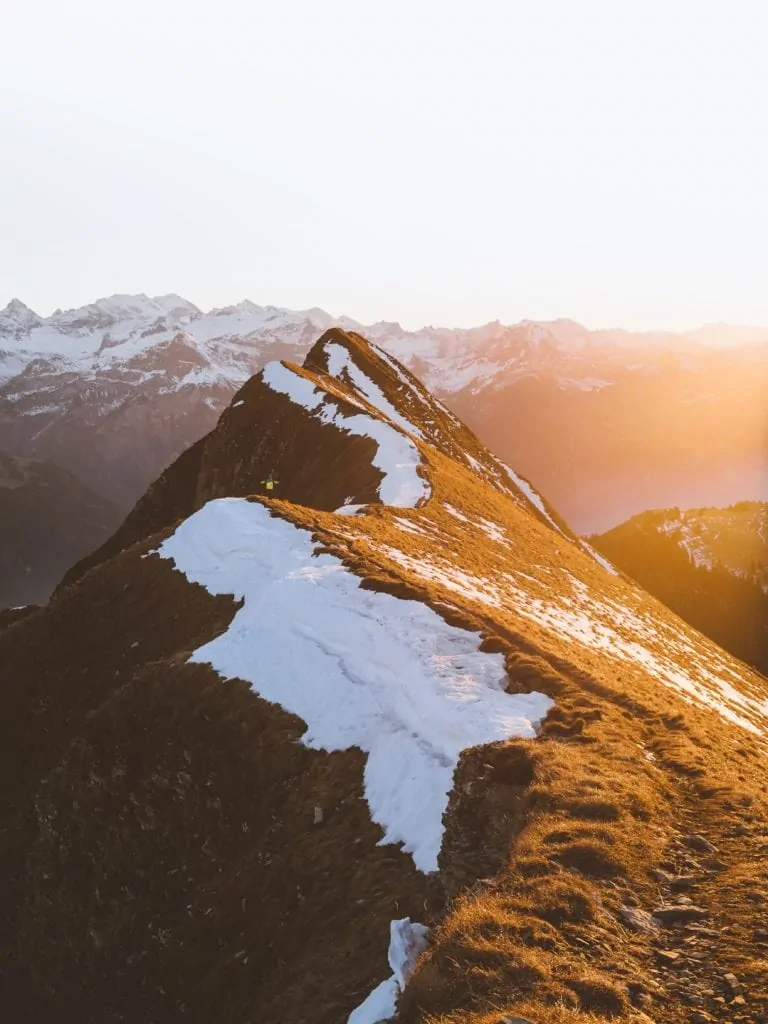
This is also a good time if you want to photograph the reflection of the mountain, the position of the light will make your reflection much more visible and attractive. Look at the following example:
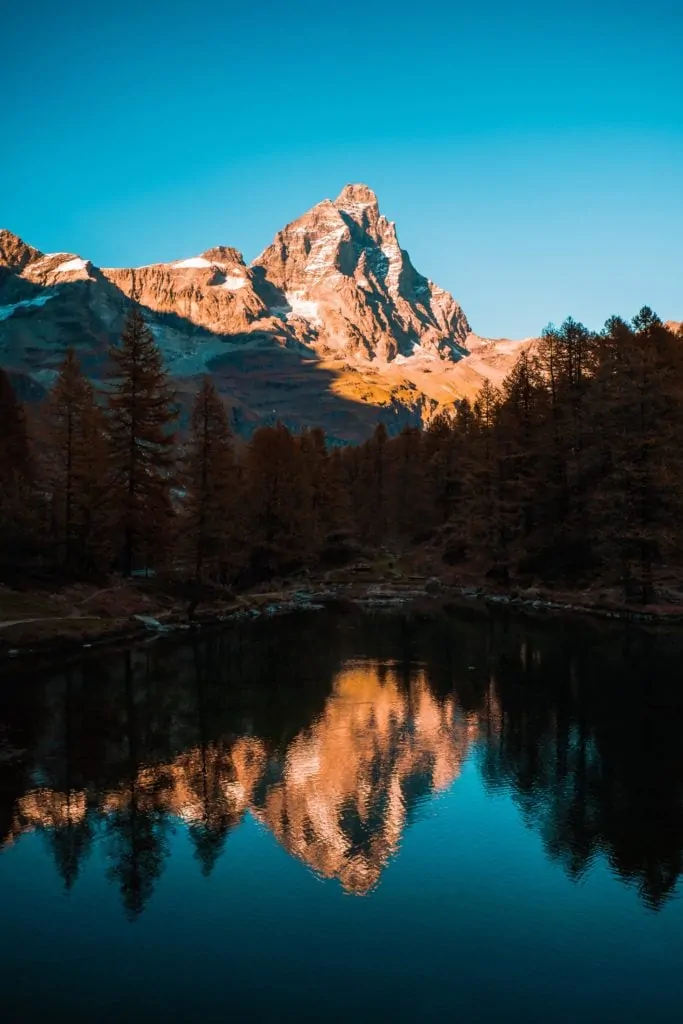
On the other hand, just when it is about to rise or has just set, you have that magical hour that is fascinating and that will leave you with a beautiful print of orange skies near the horizon that are transformed into violets and blues.
Before dark night falls, while the sky is an intense blue , but where different shades are perceived, it is also ideal for photographing mountains with artificial lights, because the combination between this blue and the yellow-orange of the lights is much more attractive. The lights and the mountains shine so much.
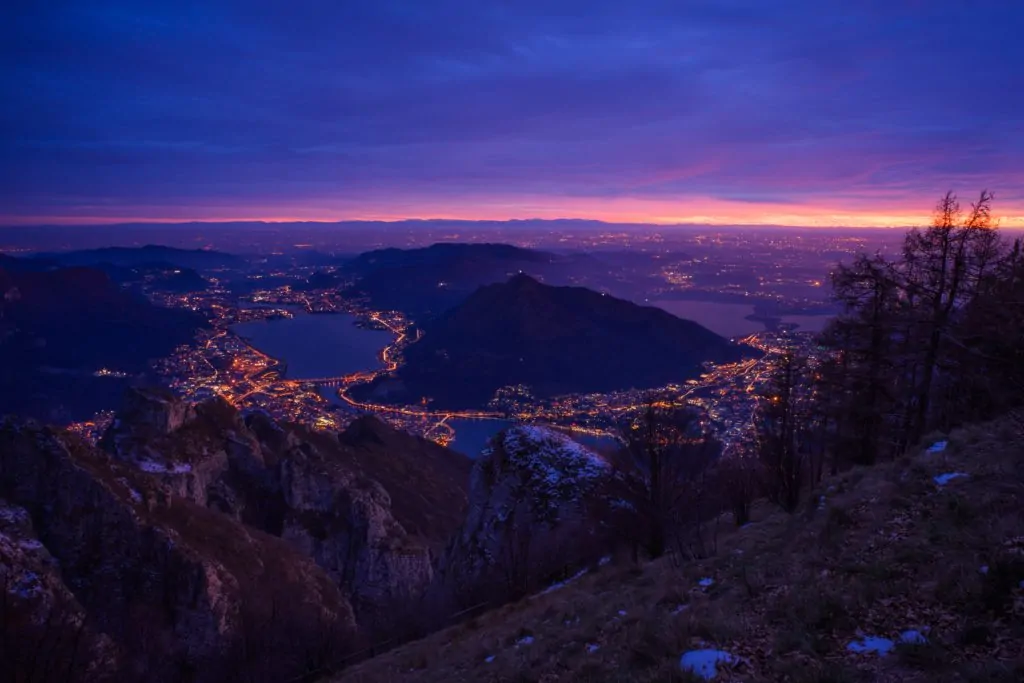
2. BACKLIGHT
And since we are talking about when the sun is low, we are going to talk not about when we have it behind us or to one side, but when we have it in front of us, behind the mountain we want to photograph.
Here you have two options, photograph the silhouette or capture the sun and let the creative flares flood your photograph giving it a warm and close air as in the following example. In this way you also create an atmosphere that will make the viewer feel as if they were right there.
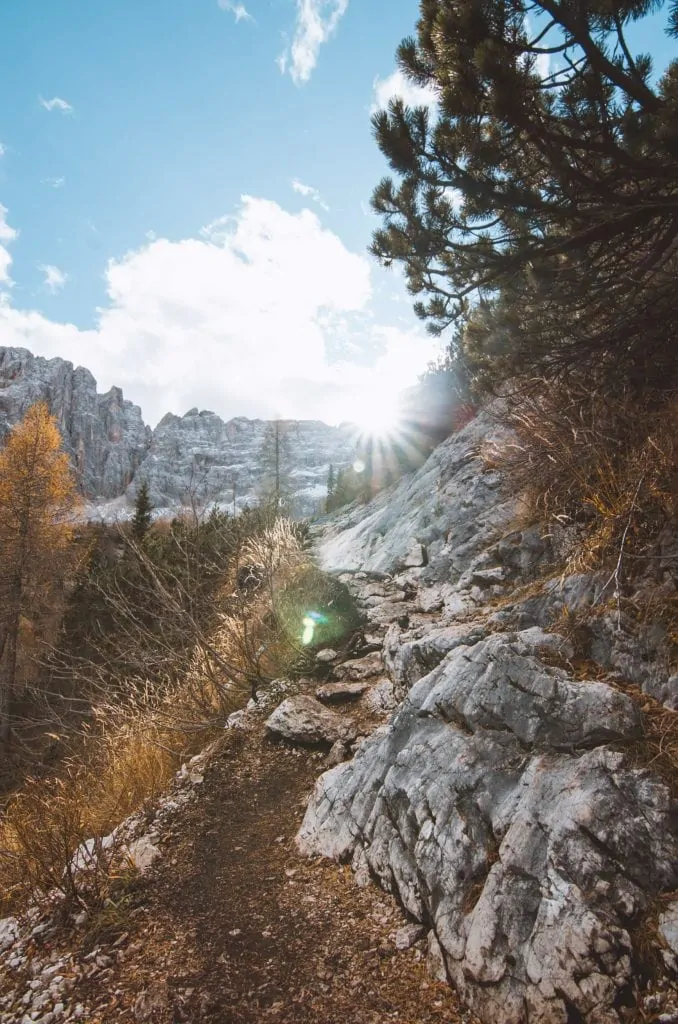
I advise that if it is very attractive due to its shape, it resembles something that is recognized at a glance, it is a familiar mountain, etc., try to capture its silhouette.
3. WITH FOG
The mist can be like a wand to do magic. If you take a photograph of mountains shrouded in mist, you will achieve an image of impact, enigmatic, dreamlike, capable of catching any eye.
It is an opportunity to find a completely different scenario, bewitched, mysterious and seductive. If you don't believe me, check out this example:
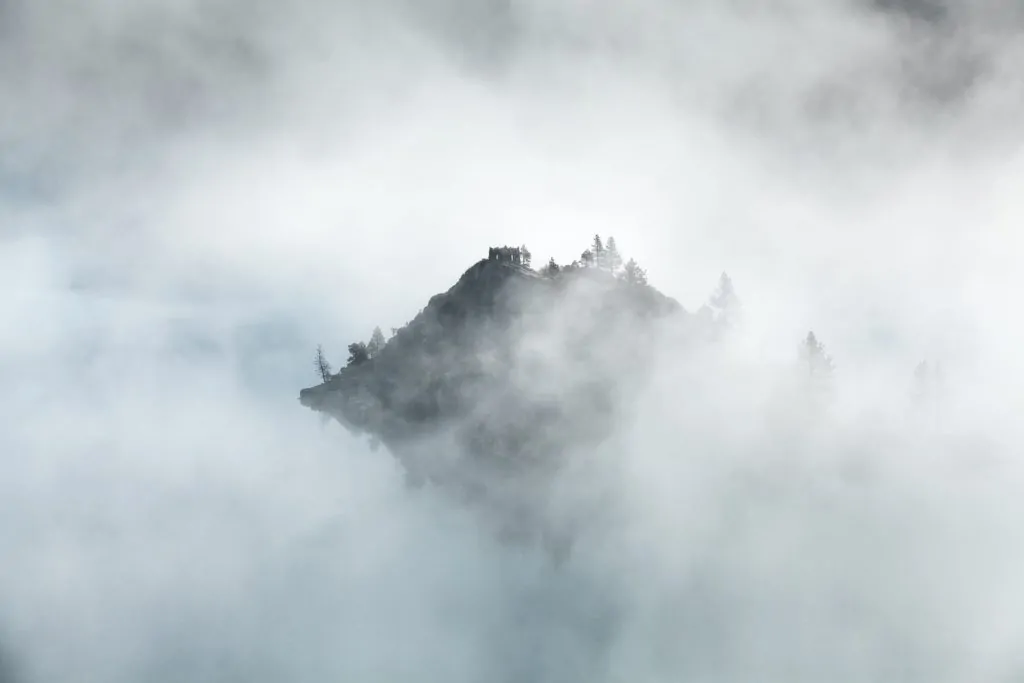
4. WITH CLOUDS
One of the most common beginner mistakes when shooting landscapes is shooting skies that are too flat. A clear day can bring us a lot of light, but also extremely boring skies. For this reason, the clouds are an ideal complement to photograph your mountains.
And it is that these bring attractiveness to the sky and create a very striking double contrast . On the one hand, the mountains are a solid, heavy element, while the clouds are vaporous, light. Another contrast results from the movement, while the rock is static, the cloud moves. With a long exposure you can enhance this sensation and achieve a dizzying image (in all senses).
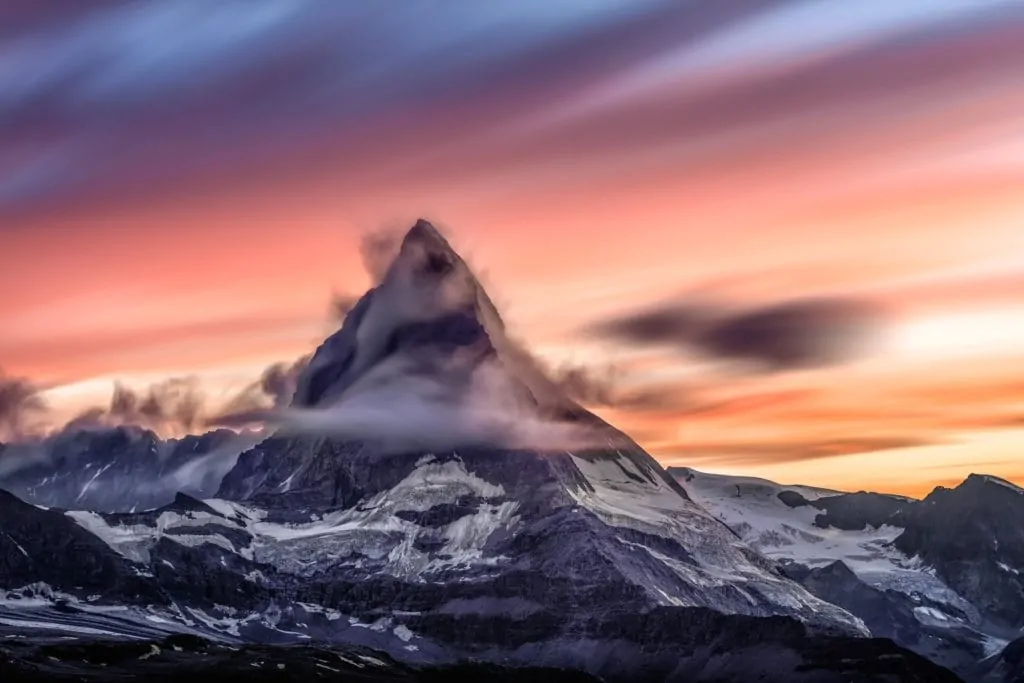
Clouds can give a lot of play, because they also serve as a diffuser of light and help create environments that arouse emotions different from those we have been able to see so far.
With a very cloudy sky, diffused light will help you photograph your mountain in greater detail. You can also use gray skies to create nostalgic mountain photos , like in the example below. Because don't forget that with your photographs you can (and should) convey an emotion, evoke sensations in the public.
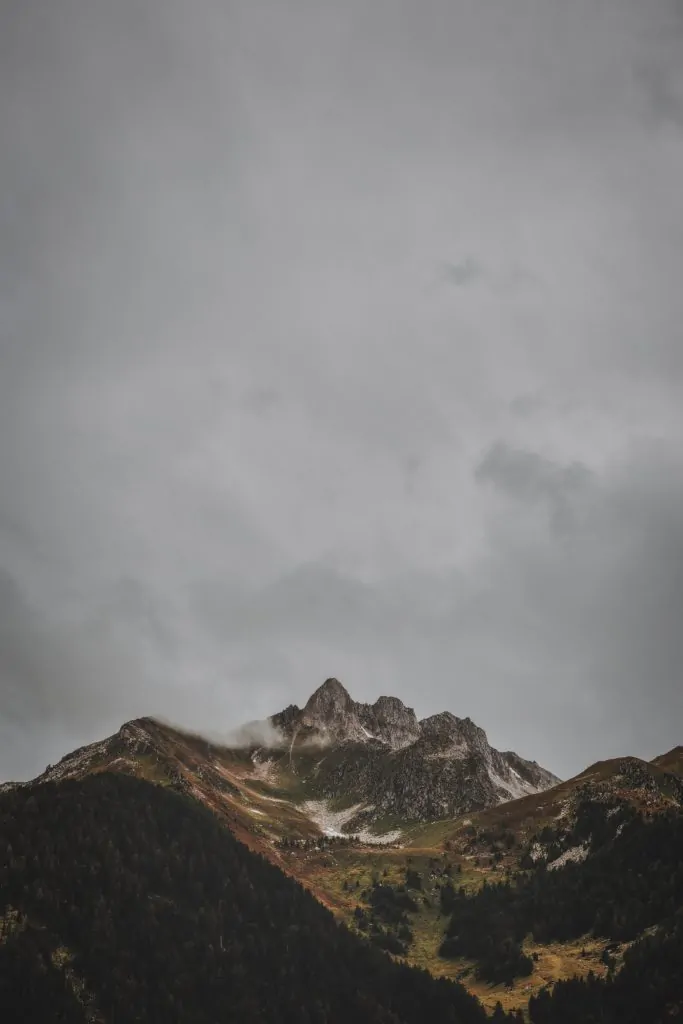
If you look at the sky and see that there are clouds, don't be sorry, on the contrary, clap your hands because they will give you a lot of play, yes, if you see that they are at risk of rain, protect your equipment ? . And then, wait for the rainbow, you will go home with a prize.
5. AT NOON
The harsh, overhead light of noon is ideal for photography of arid, almost desert-like mountains. This light eliminates shadows, enhances the feeling of dryness, even isolation. It is with this light that they will shine at their best if you want to convey desolation, abandonment, etc.
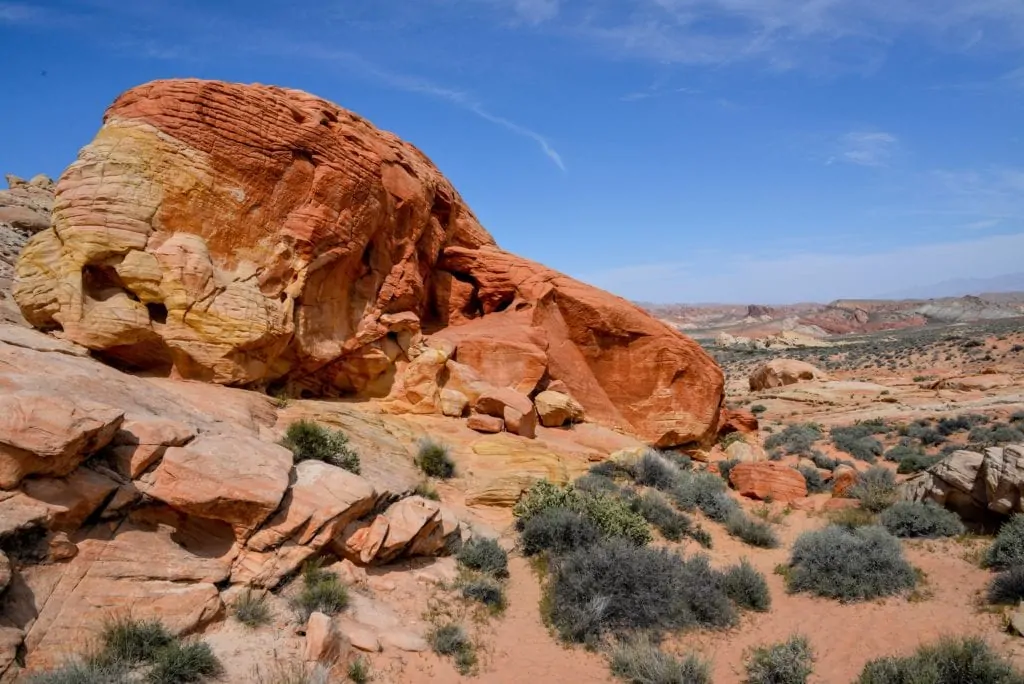
6. WITH SNOW
A mountain with snow is a plus. Its attractiveness, the beauty of the ends, how it reflects the light or how it bathes the entire stage in white, are just some of the reasons.
But it is also that you can find wonderful contrasts of snowy mountains in the background with a foreground of arid or spring landscapes or a thaw in which white blends with green, etc.
And who says snow, says ice ? Look here how beautiful the contrast between green and white is together with black.
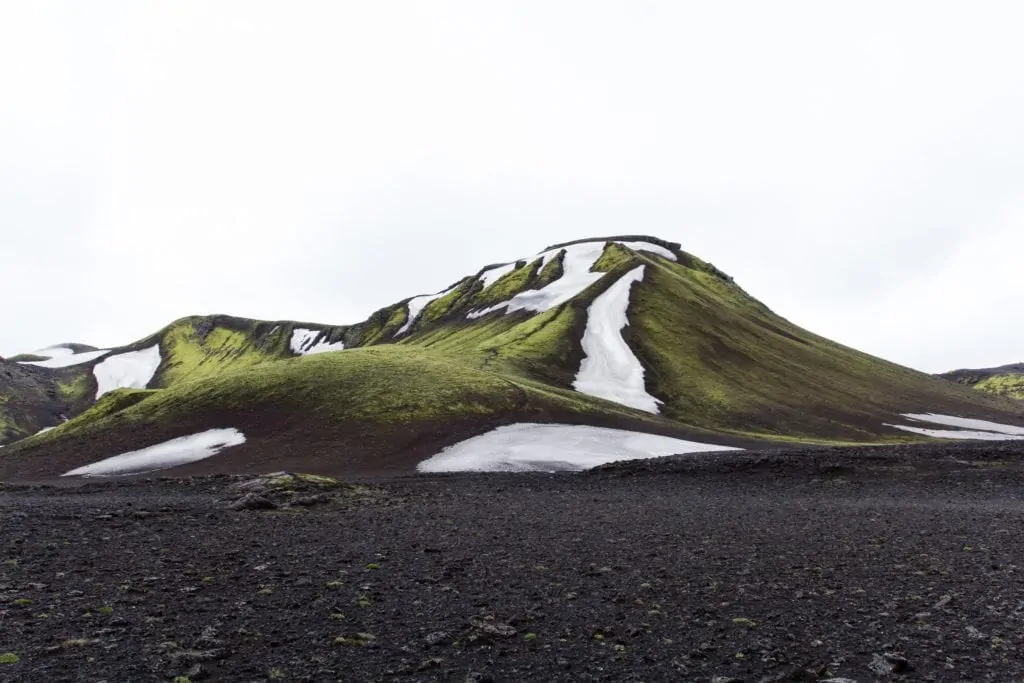
And just as I recommended in the cloud section, protect your equipment, this time against the cold .
7. AT NIGHT
And the light gave way to darkness... or not. Although it may not seem like it, at night there is also light, either from light pollution, from the moon, or from your powerful lanterns with which to illuminate the mountain, but it is time to create magic, to surprise, to dream. Stars, northern lights, skies with red clouds due to the reflection of the lighting of the city, the lights of the vehicles that pass between the mountains, their beams of light... the options are very numerous. When you think the time has come to put the camera away, that's when a world of possibilities opens up before you .
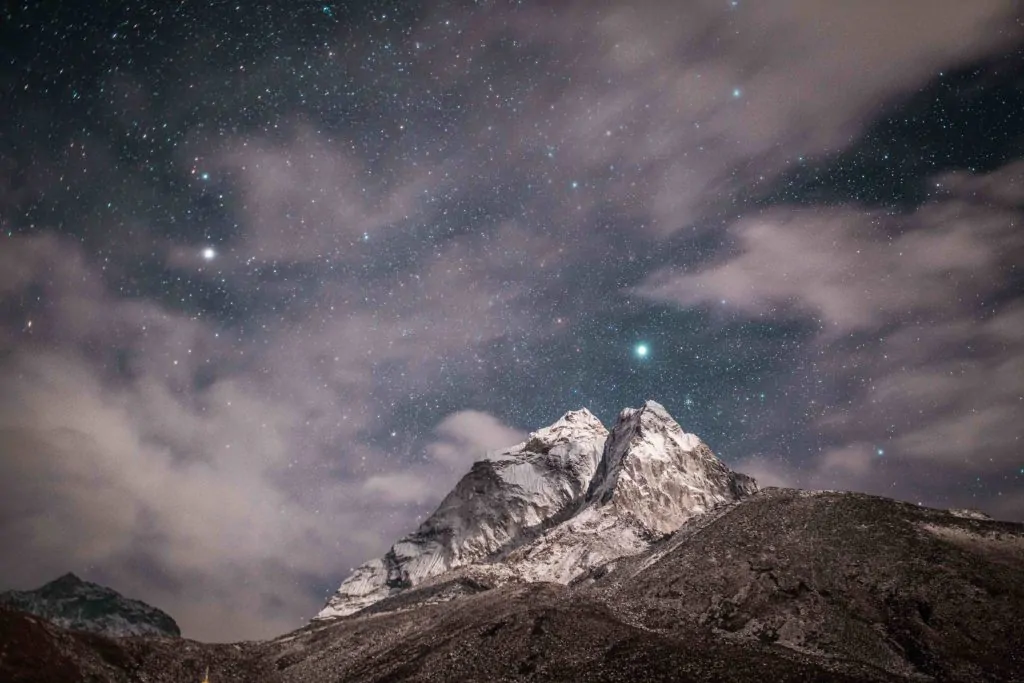
To finish, and so that you can see the importance of photographing the mountains depending on the light or the weather conditions, I leave you with a gallery of images of the same place at different times. You can see that, with the same mountain range, and with a very similar frame, the effect and sensations it provokes are completely different. Each photograph evokes a very different emotion.
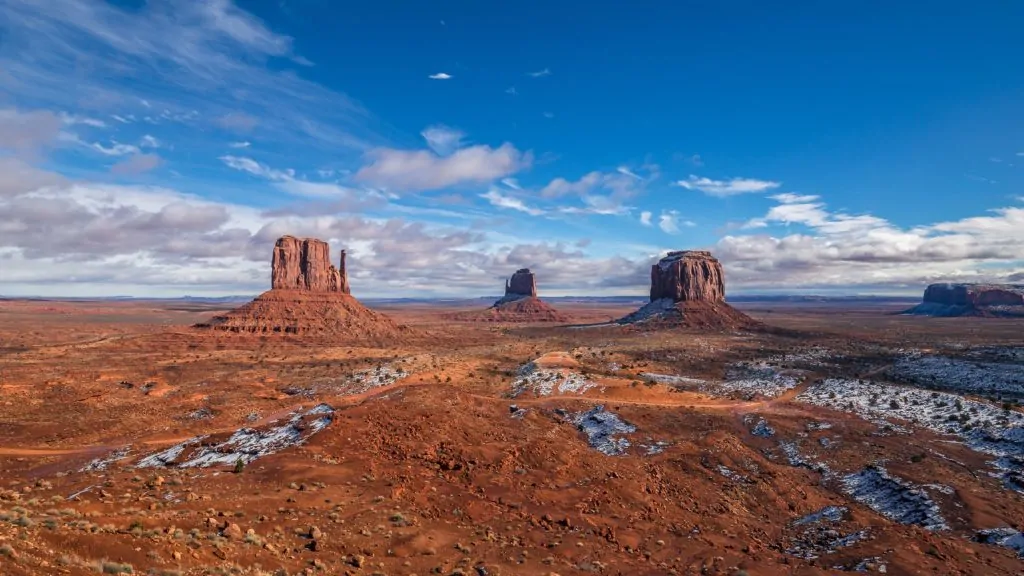
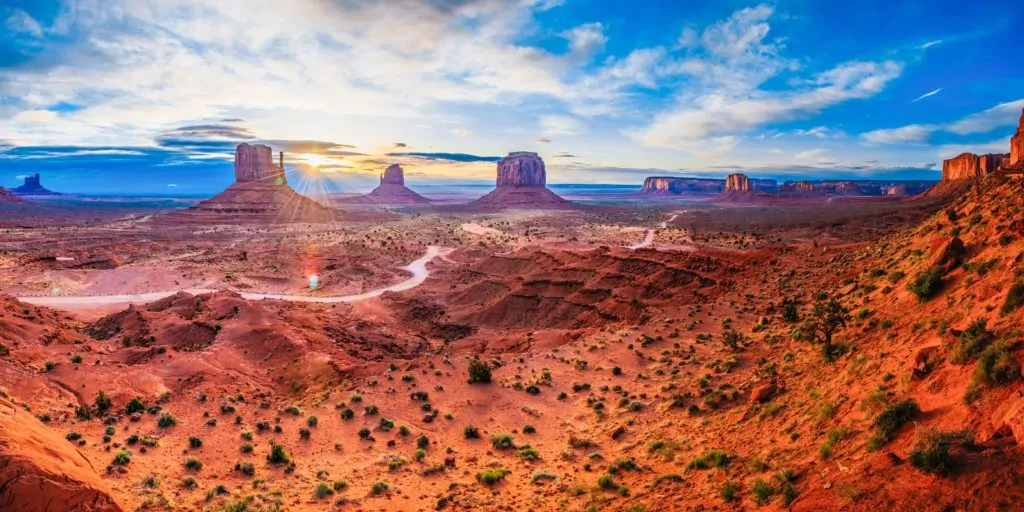
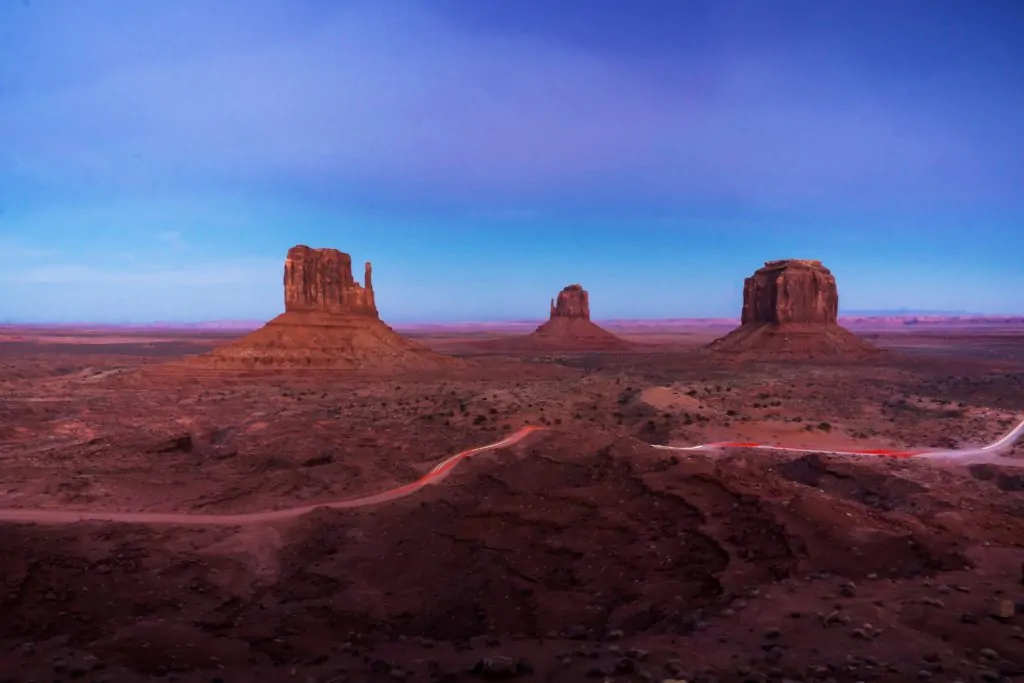
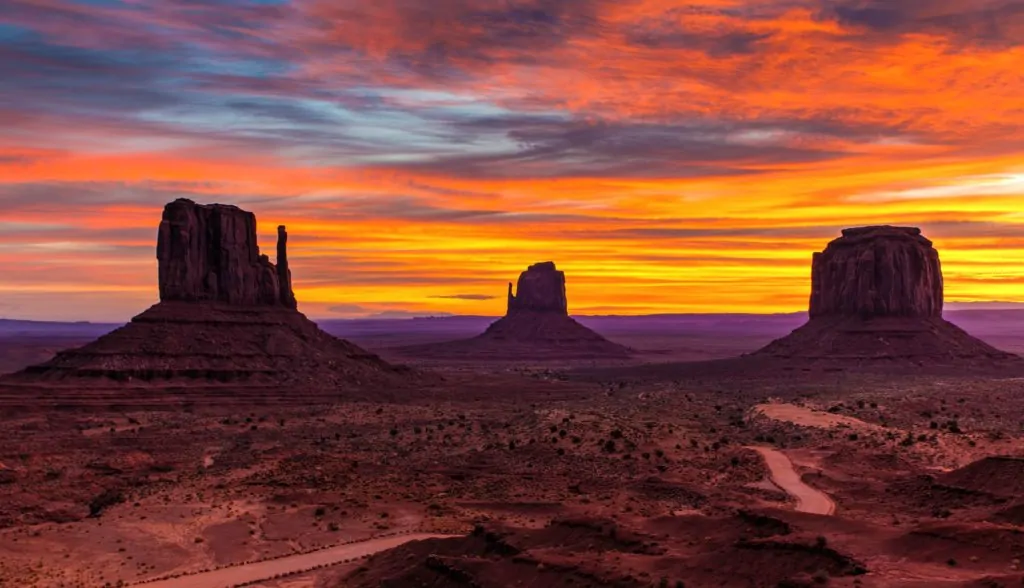
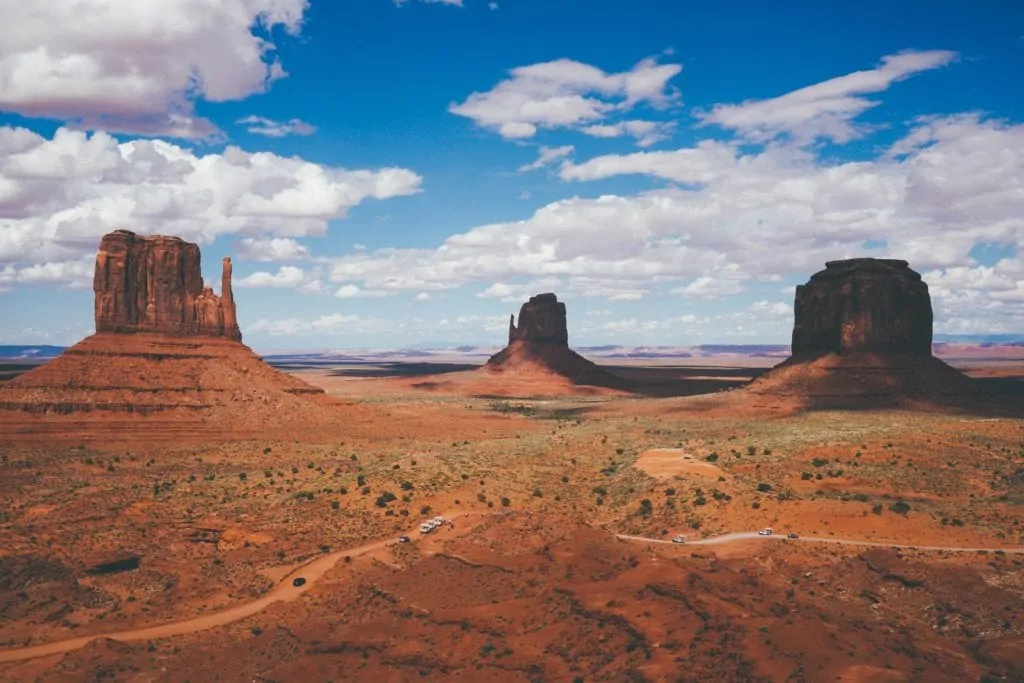
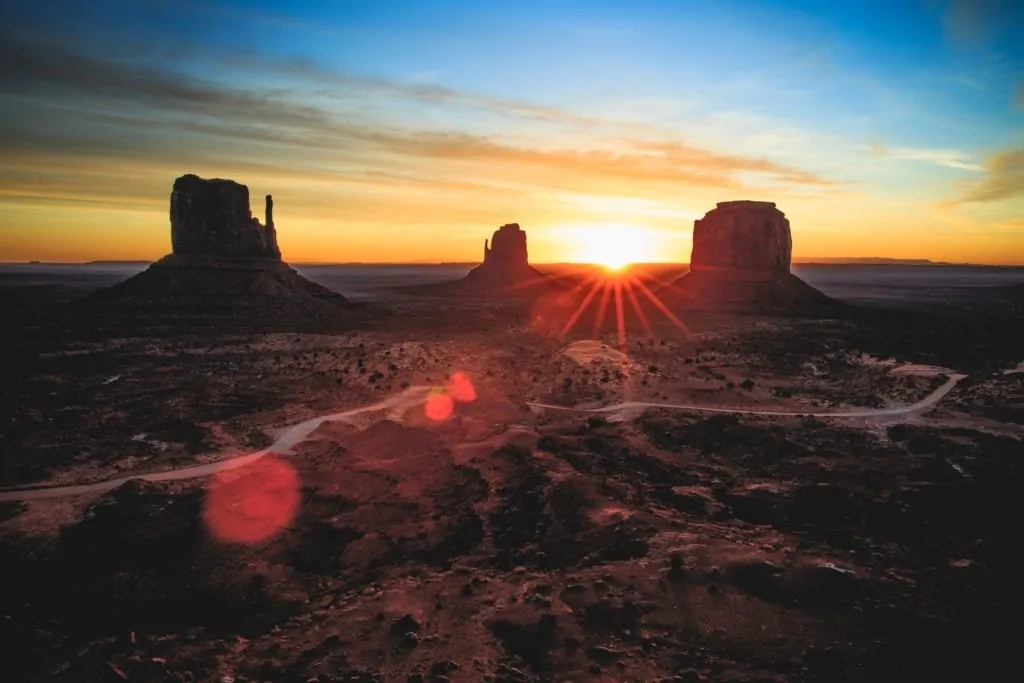
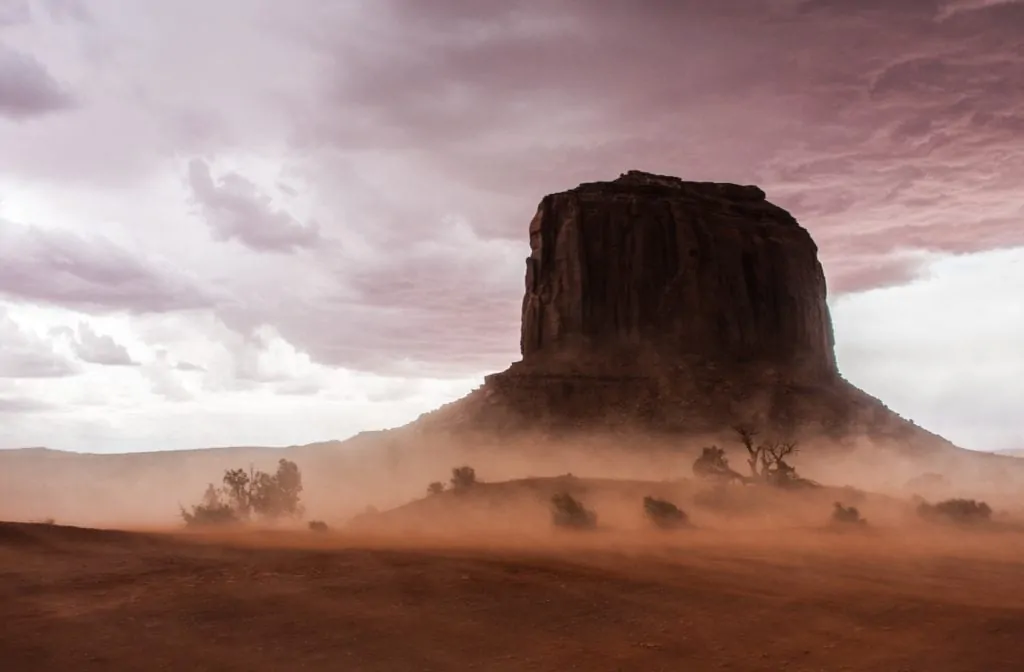
AND WHAT IF MY MOUNTAIN IS NOTHING SPECTACULAR?
It turns out that you want to photograph a mountain that you have in front of your house and it seems very bland to you, nothing to do with these photos. Wow... Well, do you know something? Your mountain is full of beauty, but everyday life, seeing it every day, makes you see it bland. I propose an exercise. study it. Look at her with new eyes, as if it were the first time. Observe it at different times, photograph it with different weather conditions. Find your best profile, your most photogenic side . Sure he has it, but you still haven't heard what he has to tell you. The moment has come.

